How to achieve compliance with DPFs
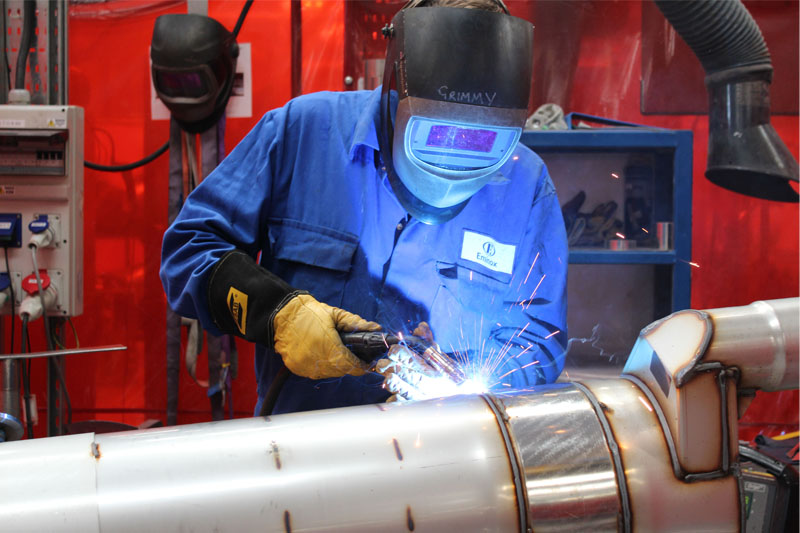
Dr David Phillips, engineering director, Eminox explains what operators, fleet managers and workshop professionals can do to maximise efficiencies and achieve compliance with DPFs.
Whether operating or maintaining a singular commercial vehicle or an entire fleet, it’s important to understand the purpose of a diesel particulate filter (DPF) in keeping a vehicle running and compliant with the latest emissions legislation.
A DPF that is in full working order can remove 99% of particulate matter (PM), or soot. Therefore, when a DPF is not working as effectively as it could, tangible detrimental effects will be had on emissions compliance, air quality and public health.
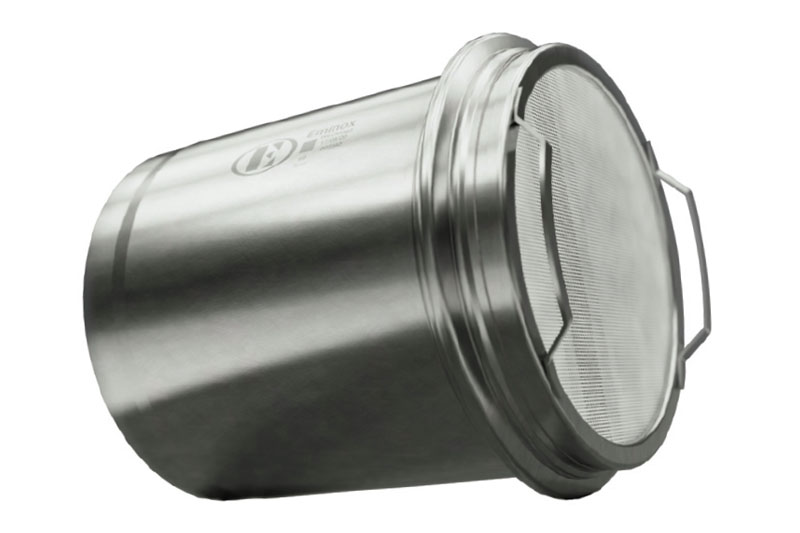
Regular servicing and maintenance will go some way to alleviating the challenges faced when DPFs fail. However, dashboard lights can appear at other times, primarily when a DPF becomes blocked. This is most typically evident through compromised vehicle performance, black exhaust fumes and unusual engine smells, and all can have a negative impact on maintaining essential emissions compliance.
Compliance is a priority
It is important for commercial vehicle owners and operators to ensure that current legislation and emissions regulations are met and they act responsibly to achieve this. Whilst some downtime may be necessary to ensure DPFs are working effectively, it is essential this is done to maintain legal compliance for the vehicle. This is particularly important when driving in the everincreasing amount of UK based Ultra-Low Emission or Clean Air Zones (ULEZ or CAZ) as significant fines can be applied for noncompliance. For those who operate vehicles on the continent, even higher standards of DPF testing have been introduced in Belgium, Netherlands, Switzerland and Germany and it is expected that future adherence is likely in more countries.
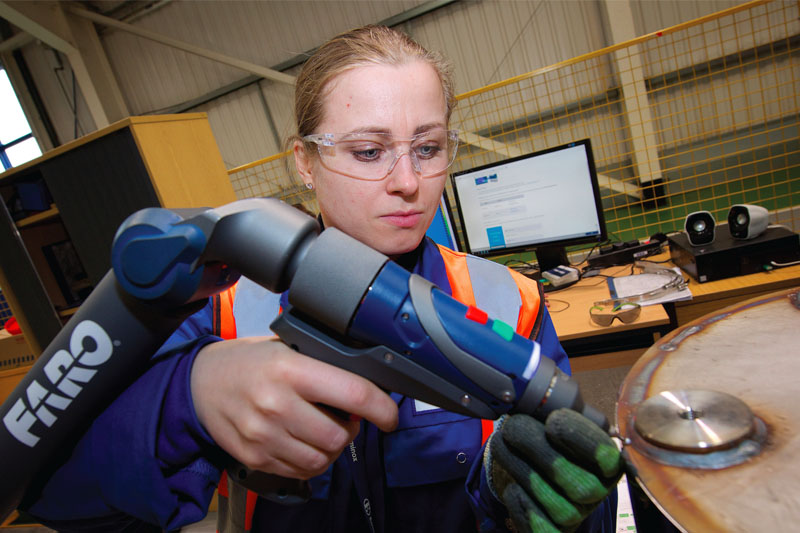
Periodic Testing Instrument – Particle Number, referred to as PTI-PN essentially replaces smoke testing and gives a particle number measurement, rather than an opacity measurement. It is carried out whilst the vehicle is idle and stationary using a portable PN tester.
By setting a new testing standard for in service DPF monitoring, it is important to appreciate that whilst it is possible to get DPFs cleaned, low quality cleaning processes are not as effective as a replacement DPF and may therefore not meet the new required standards of PTI-PN testing.
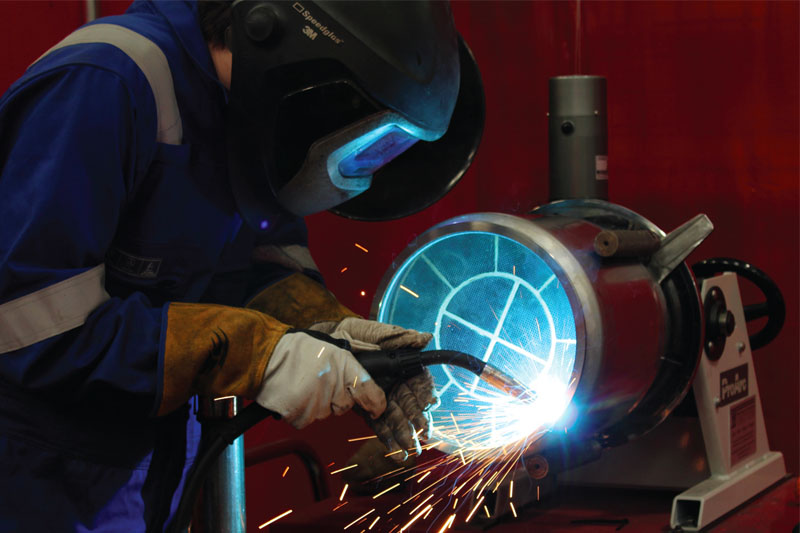
Replacing a DPF
Replacing a DPF is not a difficult process, and the benefits far outweigh the minimal downtime necessary to do so. Knowing that vehicle DPFs are in optimum working order brings reassurance regarding vehicle compliance, continued performance, and minimal downtime for fleet operators.
By choosing high quality replacements, operators benefit from greater flexibility surrounding vehicle deployment, safe in the knowledge that vehicles, whether in the UK or on the continent, will meet the latest standards of DPF testing.
For workshop professionals, knowing that a replacement DPF is manufactured by one of the leading developers and manufacturers of EATS technologies only serves to add further reassurance.
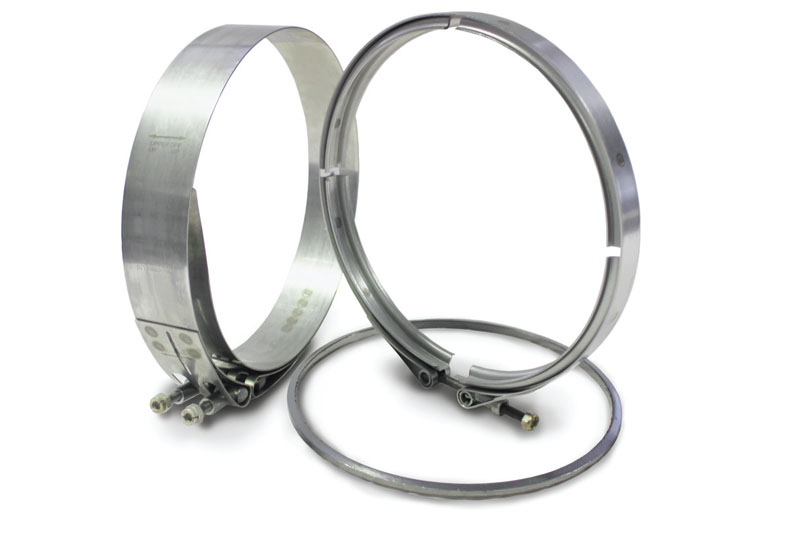
The expertise that Eminox has regarding vehicle emissions legislation and compliance, and its range of real world tested, market leading type approved products, makes them the ideal partner for emissions reduction technologies, including replacement DPFs.
These have brought, and will continue to bring, reliability and cost efficiencies for operators striving to ensure their vehicles are environmentally sustainable and achieve emissions compliance, whilst prolonging the life of fleets.
By choosing approved, proven technologies from pioneering designers and manufacturers such as Eminox, compliance and cost can be managed whilst the transition from diesel powered fleets to electric and other alternative fuel sources takes place.









